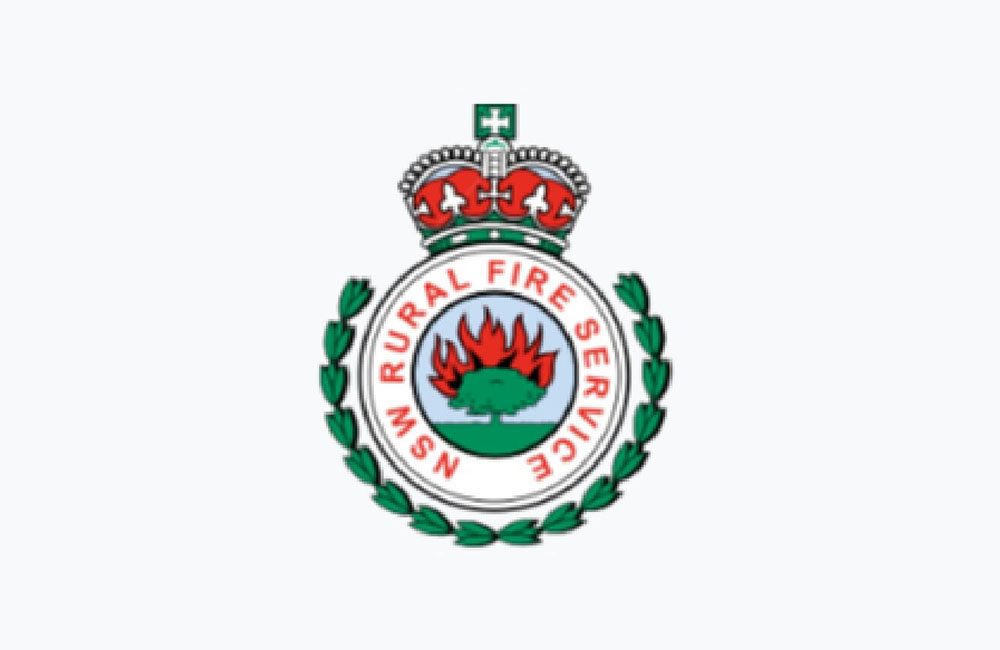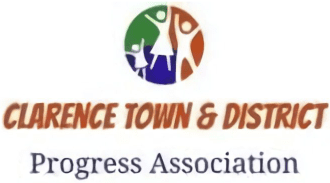
Many of you will be going on Holidays over the next few weeks and you need to be prepared to keep your family safe.
Caravan and Camping Bush Fire Safety
Before travelling you should check:
• Fire Danger Ratings and Bush Fire Alerts at www.rfs.nsw.gov.au or on the Fires Near Me Smartphone app.
• Weather conditions at www.bom.gov.au
• Caravan has a smoke alarm, fire extinguisher and fire blanket.
• Electrical and gas equipment is secure, appropriately fitted, in good working order, and turned off while travelling.
• How you can call for help.
• Survival kit includes a working battery operated radio, protective clothing, woollen blankets and water.
• Let someone at home know your plans and contact them if the plan changes so they know where you are.
• Secure and prepare your home. Don’t put on FB that you are going away but tell your neighbours if you trust them.
• Don’t forget plans for your pets and stock.
• Survival kit packed, including a working battery operated radio, protective clothing, woollen blankets and water.
Don’t travel through remote areas on Total Fire Ban days. If the conditions aren’t good, DON’T GO!
Setting up your camp fire or BBQ:
• IS IT A TOTAL FIRE BAN DAY?
• Place fires and barbeques at least three metres from flammable materials, on an existing fire site or cleared area where the wind will blow flames away from tents.
• Fires should be attended by a responsible adult at all times.
• Have a water supply ready. Extinguish fires, candles and lanterns before bed.
A fire can be terrifying, with strong winds, intense heat, flames, and thick smoke.
If you’re caught in a fire:
• Call Triple Zero (000)
• Park off the road in a clear area away from trees. Face your car towards the fire. Turn off the engine and turn on headlights and hazard lights. Close windows and air vents. Stay low in the car to protect yourself from radiant heat. Cover yourself with a woollen blanket. Drink water and cover your mouth with a damp cloth.
• Stay down until the sound of the fire has passed. Carefully leave the car (it will be hot) and head for a safe burnt area- no trees – and drink water.
Contact Clarence Town Brigade on 4996 4454 if you require permit information. Merry Christmas from all at the RFS. Stay safe and be happy!
Your Bush Fire Survival Plan, Fire Danger Ratings, Bush Fire Alerts and Neighbourhood Safer Places can be found at www.rfs.nsw.gov.au
PREPARE, ACT, SURVIVE.
Stay safe until next time, Di Bennett OAM
Lower Hunter Zone Community Engagement Team
www.rfs.nsw.gov.au for more information





